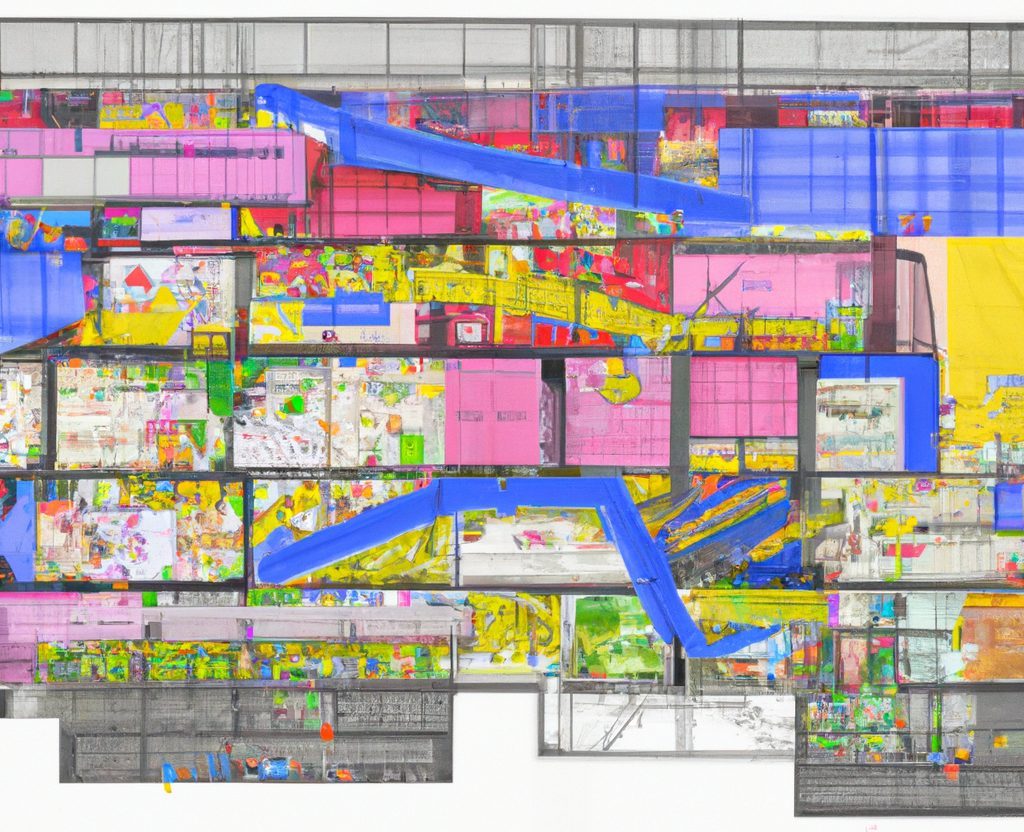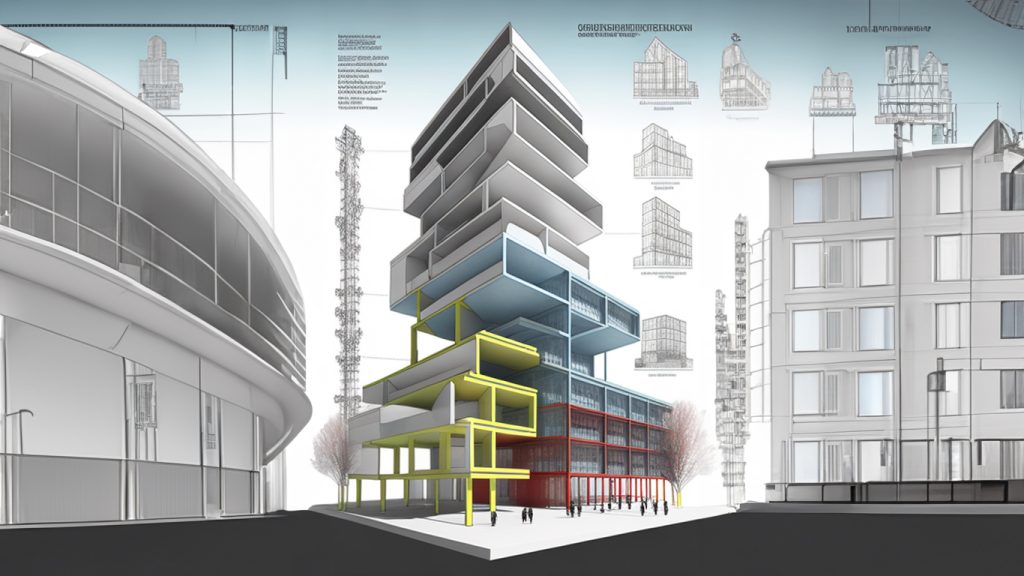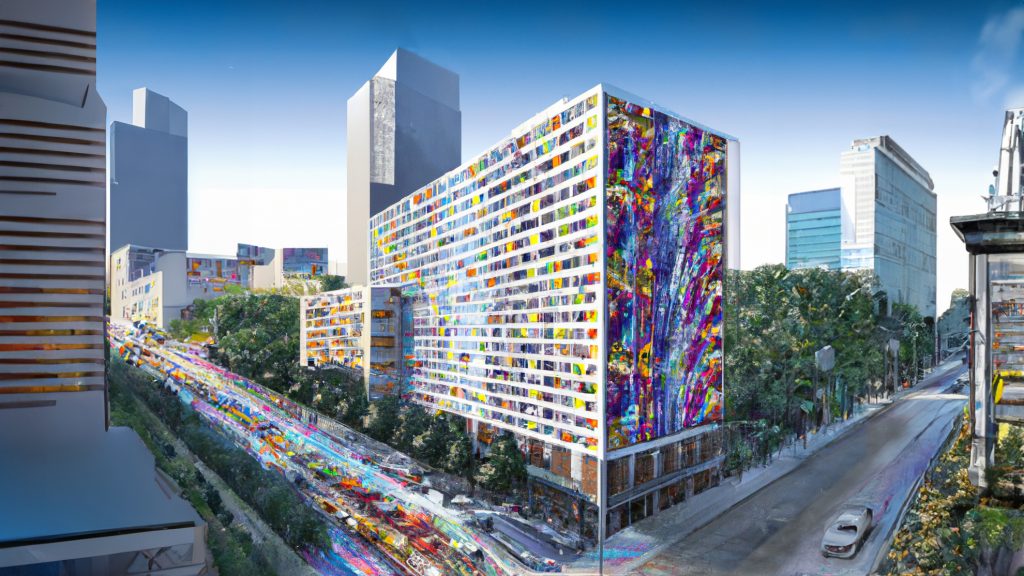The Future of Design is Here
Over the past year, the proliferation of Artificial Intelligence (AI) has dominated industry conversations, launching a new frontier for what’s possible in architecture and commercial real estate. With its vast potential, this powerful technology is rapidly reshaping the design and construction process in many ways. From innovative solutions to ethical considerations, we’re diving headfirst to uncover the practical implications, challenges, and opportunities that arise as AI continues to evolve.
AI and Generative AI among top technologies expected to have the biggest impact on real estate (JLL)
Potential contribution to the global economy by 2030 from AI (PwC)
Expected increase in the number of AI and machine learning specialists by 2027 (WEF)
Endless Opportunities
Embracing innovation is how we stay ahead of the curve and emerging AI tools offer opportunities to accelerate and advance each stage of our practice. Here’s how we’ve integrated AI so far:
Fostering Design Exploration
Image generating programs like Midjourney and DALL-E rapidly translate prompts into high-quality renderings and even account for constraints or desired features, when specified. These visualization tools don’t have predetermined notions, giving them a unique perspective on design, and allowing designers to view projects through a different lens.
Accelerating Research
With natural language processing tools like ChatGPT, we can source and synthesize information faster than ever. AI chatbots can produce succinct responses to queries within minutes. Even more impressive, AI can learn and retain information, allowing the user to return and expand upon previous conversations.
Storytelling and Communicating
Marketing and leasing teams can use AI to guide the brand development process and evaluate sentiment against information about target audiences, consumer trends, and competitors. Beyond market insights, AI can deliver qualitative information around branding elements such as offering sentiment behind a proposed building name or providing versions of messaging that resonate with specific demographics.
Automating Tasks
By far the biggest benefit of AI is its level of efficiency. AI can analyze large swaths of data, including construction costs and building codes, and automatically reevaluate the results as new variables or constraints are introduced. By using AI for drafting, documentation, project management, and other mundane, repetitive tasks, architects pivot their attention to focus on design solutions and creative strategy.

“[AI] is a great way to get past any sort of designer’s block, to look at precedents in a super fast way that saves you hours of research time.”
“We’ve been experimenting with AI to gauge market sentiment and brand perception when developing new concepts. It’s been a useful and interesting addition to our creative process and I could definitely see us leaning on AI more as the technology evolves.”
“We’re looking at how AI can streamline each stage of the design process. Our goal is to harness insights gleaned from AI to transcend creative boundaries and deliver unique solutions with greater efficiency and precision.”

Limitations and Considerations
Given how AI sources information, users should be cognizant of how potential biases or inaccuracies could negatively impact results, even producing fake or incorrect responses. AI has also raised concerns about originality. Responses generated are crowdsourced from thousands of sources across the internet, posing a risk of plagiarism and copyright infringement. It lacks the inherent knowledge, context, and emotional intelligence required for critical thinking and problem-solving.
The bottom line is AI cannot replace the expertise garnered through decades of education and professional experience—but it's a great place for designers to start.
In the Press

AI is Transforming Architecture
Fast Company speaks with four studios from around the world to uncover how they’re using AI to advance their practice.

AI Could be a Productive Part of Early Design Thinking
In his op-ed for the Architect’s Newspaper, John W Lynch documents how his experience designing a building using ChatGPT and Midjourney

Could Your Next Office Building Be Designed by Artificial Intelligence?
CoStar reccounts Hickok Cole’s experience testing generative AI tools to design an urban, vertical mixed-use development.

Strategies for Incorporating AI Into Multifamily Marketing & Operations
From branding strategy to marketing copy, Yolanda Cole shares how Hickok Cole is experimenting with ChatGPT.

Hickok Cole uses ChatGPT to design 24-storey mixed-use building
Dezeen sits down with John Lynch to address the practical implications of AI on the architecture and design industry.
What's Next?
We’re exploring how to incorporate AI into each stage of our practice to streamline processes and improve our work. From enhanced visualization tools like VR to performance and structural analysis, there are endless opportunities to optimize and innovate with AI.

